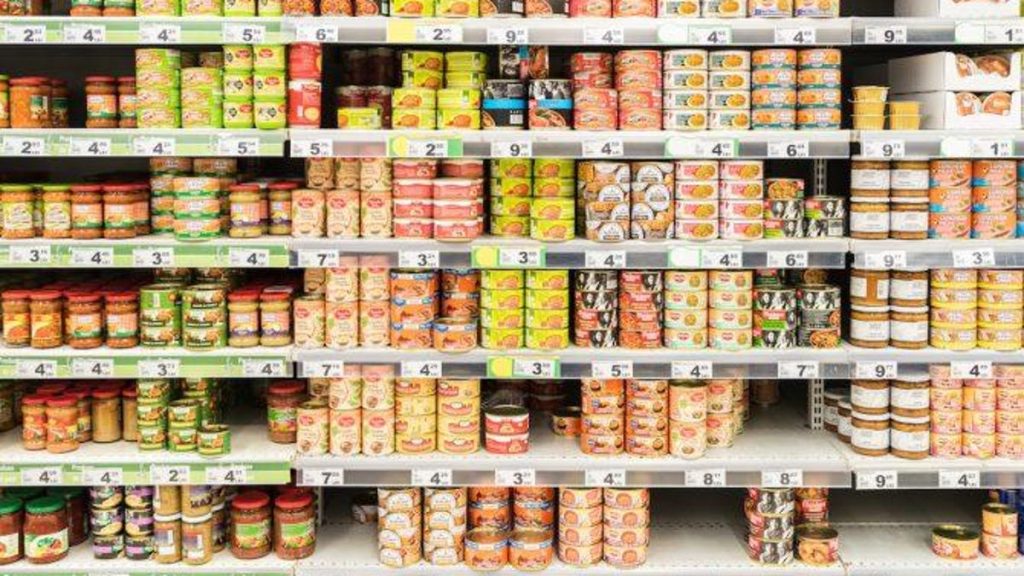Processed foods refer to any food that has been altered in any way before being sold or consumed. This can range from basic techniques such as freezing or drying to more complex chemical and biological modifications. While processed foods are modified for various reasons like taste and shelf life, some modifications can actually be beneficial. However, it is important to consider the level of processing a food has undergone and how it was processed when making food choices.
Minimally processed foods like bagged vegetables, fresh fruits, and plain rice are processed in innocuous ways for convenience and safety. More heavily processed foods like canned goods may contain added preservatives and chemicals that can compromise their nutritional value. Bread and baked goods can vary in terms of processing levels, with natural brands typically having fewer preservatives than generic brands. Ultraprocessed foods like frozen meals, packaged snacks, and convenience foods are highly processed and often lack nutritional value.
While some processing methods can be beneficial, such as fortifying foods with essential nutrients, it is important to be cautious of heavily processed foods that may contain harmful additives. Foods labeled as “low-fat” or “sugar-free” are often processed and may contain artificial sweeteners or chemical additives. Processing methods like pasteurization can help eliminate pathogens and extend shelf life without heavy additives, making them a safer option for consumption.
Overall, the term “processed foods” should not necessarily be a cause for alarm when grocery shopping, but it is important to be informed about the level and method of processing each food item has undergone. Understanding how a food is processed can help make healthier choices and avoid highly processed foods that may be detrimental to health. By being knowledgeable about food processing methods, individuals can make more informed decisions about their diet and overall well-being.


